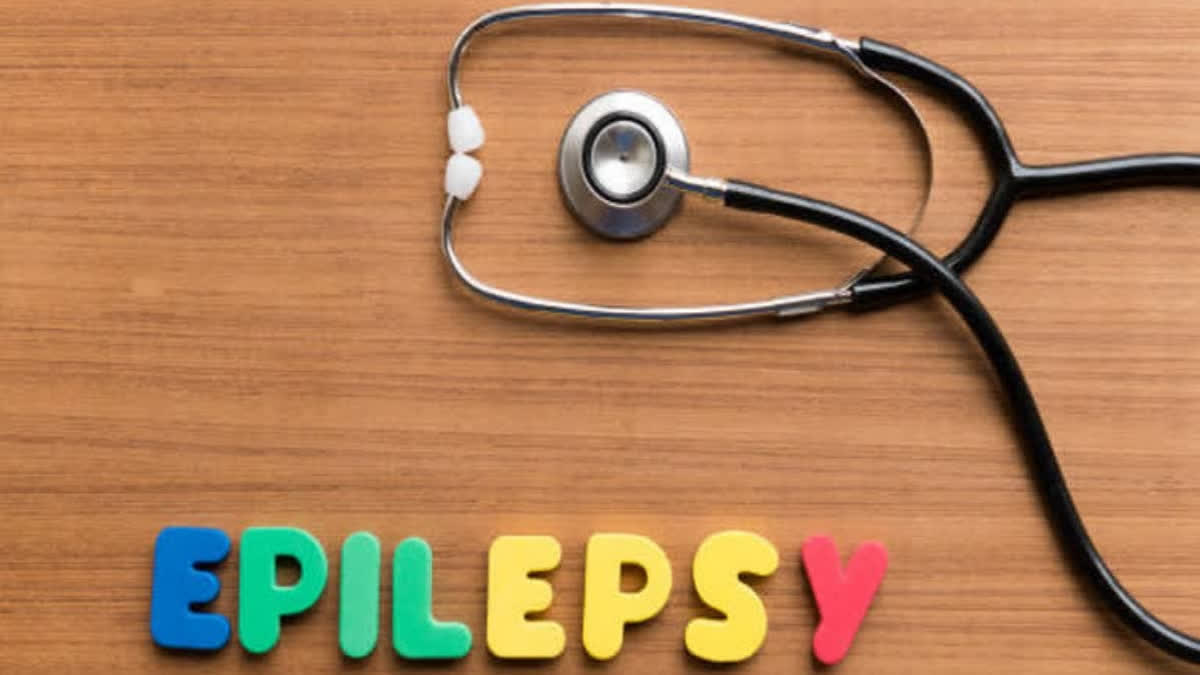Massachusetts [US]: About 1 in 26 people have epilepsy, and the most common type, temporal lobe epilepsy (TLE), is frequently ineffectively treated with anti-seizure drugs. Neurosurgery may be necessary for patients with this type of epilepsy in order to stop their seizures. Uncertainty surrounds the causes and course of the disease, as well as the possibility that genetic abnormalities may play a role.
In a recent study, researchers from Mass General Brigham and Boston Children's Hospital shed new light on the significance of somatic mutations in TLE, or DNA changes that take place after conception. They also raise the possibility of using current cancer therapies to treat TLE that is resistant to anti-seizure drugs. Findings of the study were published in JAMA Neurology.
"Somatic mutations are likely an underappreciated and significant cause of neurologic diseases, particularly for epilepsy," said co-first author Sattar Khoshkhoo, MD, of the Department of Neurology at Brigham and Women's Hospital, a founding member of the Mass General Brigham healthcare system.
"And as an epileptologist who specifically focuses on epilepsy genetics in my clinical practice, my underlying assumption is that all epilepsy is due to genetic causes until proven otherwise. We are discovering more and more new genetic pathways in epilepsy, which is important because our goal is to offer more specific, targeted treatments for individual patients and offer guidance on who would benefit from one treatment versus the other."
"Our results provide the first solid insight into this most common form of adult epilepsy," said co-senior author Christopher Walsh, MD, PhD, of Boston Children's Hospital. "It shows that epilepsies that are not usually inherited can still be genetic in their mechanism. And the specific genetic pathway we have identified, RAS/MAPK, opens a whole new avenue of therapeutic possibilities, since anti-cancer drugs that target this pathway may have unexpected uses in epilepsy."
Also read: Scientists inch closer to developing antiviral to fight mpox, Covid
To uncover somatic mutations, Khoshkhoo and colleagues performed a case-control genetic association study, analyzing DNA from brain tissue samples collected from 105 patients with epilepsy and 30 controls between 1988 and 2019. The team sequenced portions of the genome coding for proteins (whole exome sequencing) and looked at specific locations in the genome (gene-panel sequencing), with each genomic region sequenced more than 500 times on average.
The team pinpointed 11 somatic mutations that were enriched in hippocampus, the region of the brain where seizures typically originate, from 11 patients with treatment-resistant TLE. All but one of the 11 mutations were connected to a specific genetic pathway known as the RAS/MAPK pathway. This finding is particularly important because several anti-cancer drugs have been developed to target the RAS/MAPK pathway.
If the study's results are confirmed and validated, such drugs could be tested for the treatment of TLE. In addition to suggesting a potential path to treatment, the findings could also be used to help inform treatment decisions for patients who do or do not harbor these somatic mutations.
"This work is exciting because it identifies potential drug targets that can be modulated with repurposed, FDA-approved anti-cancer agents. This suggests the potential for a rational, precision medicine treatment for a problem that we currently treat by removing a significant part of the temporal lobe with neurosurgery," said Kristopher Kahle, MD, PhD, the Nicholas T. Zervas Endowed Chair at Harvard Medical School and the chief of Pediatric Neurosurgery at Massachusetts General Hospital, a founding member of Mass General Brigham. Kahle also holds research appointments in genetics/genomics and neurosurgery at Boston Children's Hospital.
The authors note that their study includes samples only from patients whose disease was severe enough to require surgery and may not be generalizable to patients with less severe disease. In addition, samples from these patients may have more scarring and cell death from seizures. This could mean that the somatic mutations they detected may be much more prevalent than the rates found in this study.
The investigators plan to test a larger number of hippocampus samples and use cell models to test pre-existing drugs. "Our findings point to the potential for developing the first disease modifying treatment in TLE," said Khoshkhoo. "Being able to provide a genetic diagnosis has implications for clinical decision making and could signal a new day for treatment." (ANI)



